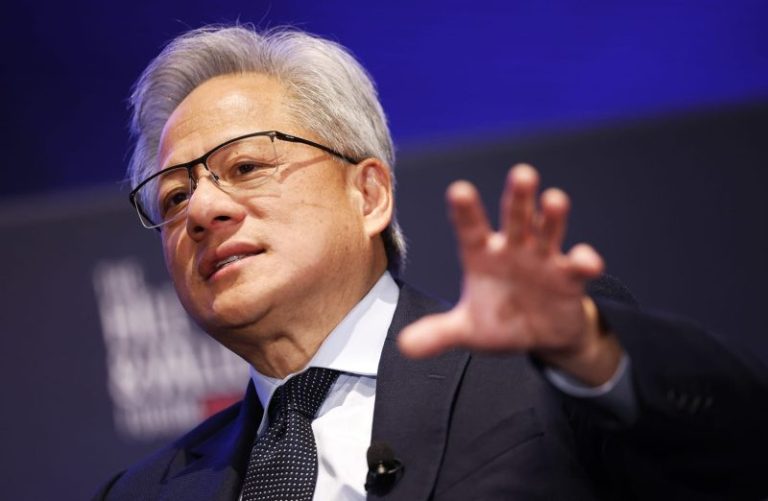Coinbase Global (NASDAQ:COIN), one of the world’s largest crypto exchanges, has announced an investment in Stablecorp to bring QCAD — a Canadian dollar-denominated stablecoin — to Canadians.
The announcement was made in Toronto at the Blockchain Futurist Conference, where it was presented during a fireside chat by Lucas Matheson, Canada country director at Coinbase, and Alex McDougall, CEO of Stablecorp.
The pair positioned the launch as part of a global shift toward stablecoin integration and digital financial innovation, underscoring Canada’s unique opportunity to carve out a leadership role in the emerging digital currency ecosystem.
‘Stablecoins are probably the topic to draw this year in crypto, for a lot of good reasons,” said Matheson.
“When you look at volume around the world for cryptocurrencies, stablecoins currently account for about 70 percent of all volume in cryptocurrency, while maintaining about 10 percent of the market cap.”
Matheson pointed out that governments around the world, from the US to the UK, are moving quickly to legislate and define these assets as legitimate payment instruments. He stressed that Canada needs to be part of that conversation.
Stablecorp’s QCAD is not new to the scene. McDougall noted that the company has been working since 2020 to create a homegrown stablecoin that reflects Canada’s economic standing. Despite the US dollar’s dominance in the global stablecoin market, McDougall believes the Canadian dollar has a compelling case to make.
“The Canadian dollar trades over C$400 billion a day in foreign exchange. Over C$3.6 billion of goods cross the American border, back and forth every day,’ he told audience members. “There’s over C$316 billion in international central bank reserve currencies, and that’s up to C$65 billion over 2024 — the Canadian dollar quietly kicks ass.’
The Coinbase-Stablecorp partnership aims to fill this void by integrating QCAD into use cases ranging from simple peer-to-peer transactions to institutional finance and global trade. Matheson explained that Coinbase’s backing will bring the reach, trust and compliance capabilities needed to scale QCAD nationally and internationally.
Their discourse also revolved around real-world applications. McDougall described QCAD as a solution that dramatically lowers costs and increases speed in cross-border and domestic payments.
He pointed to practical examples already being piloted, such as Brazilian students paying Canadian tuition fees using QCAD, and Filipino workers receiving remittances via seamless FX-to-stablecoin pipelines.
In both cases, traditional banking systems are circumvented in favor of instant, lower-fee digital rails.
The stablecoin, McDougall added, also opens new doors for small business financing. Canadian businesses will soon be able to draw international lines of credit that settle in QCAD in real-time, with FX baked into transactions, a feature traditional banks currently do not offer. He also highlighted use cases in global telecommunications billing, where cross-border carrier settlements, a US$5 billion annual burden, could be simplified via programmatic stablecoin payments.
Even more futuristically, he envisions QCAD being critical infrastructure for Canada’s artificial intelligence ambitions.
“From just simple everyday things like sending money around and taking that power back, all the way to having these fully automated global webs of commerce — stablecoins are the building blocks for every single one of those,” he said.
Despite the momentum, both Matheson and McDougall acknowledged that Canada’s regulatory environment has not kept pace with innovation. Unlike jurisdictions such as the US and UK, where stablecoins are being defined through legislation as distinct asset classes, often as e-money, Canada remains entangled in a fragmented regulatory landscape.
“Our challenge is that we have 13 different provincial securities regulators, each approaching crypto through the lens of securities law,” said Matheson. “That’s led to a square peg, round hole problem.”
The lack of a unified federal framework has made it difficult for firms like Stablecorp to fully operationalize a compliant and scalable stablecoin solution. However, the panelists hope this may be changing with a cabinet shakeup.
With the QCAD rollout and further announcements expected in the coming weeks, the pressure now shifts to Ottawa to match private sector ambition with public policy action.
Securities Disclosure: I, Giann Liguid, hold no direct investment interest in any company mentioned in this article.









